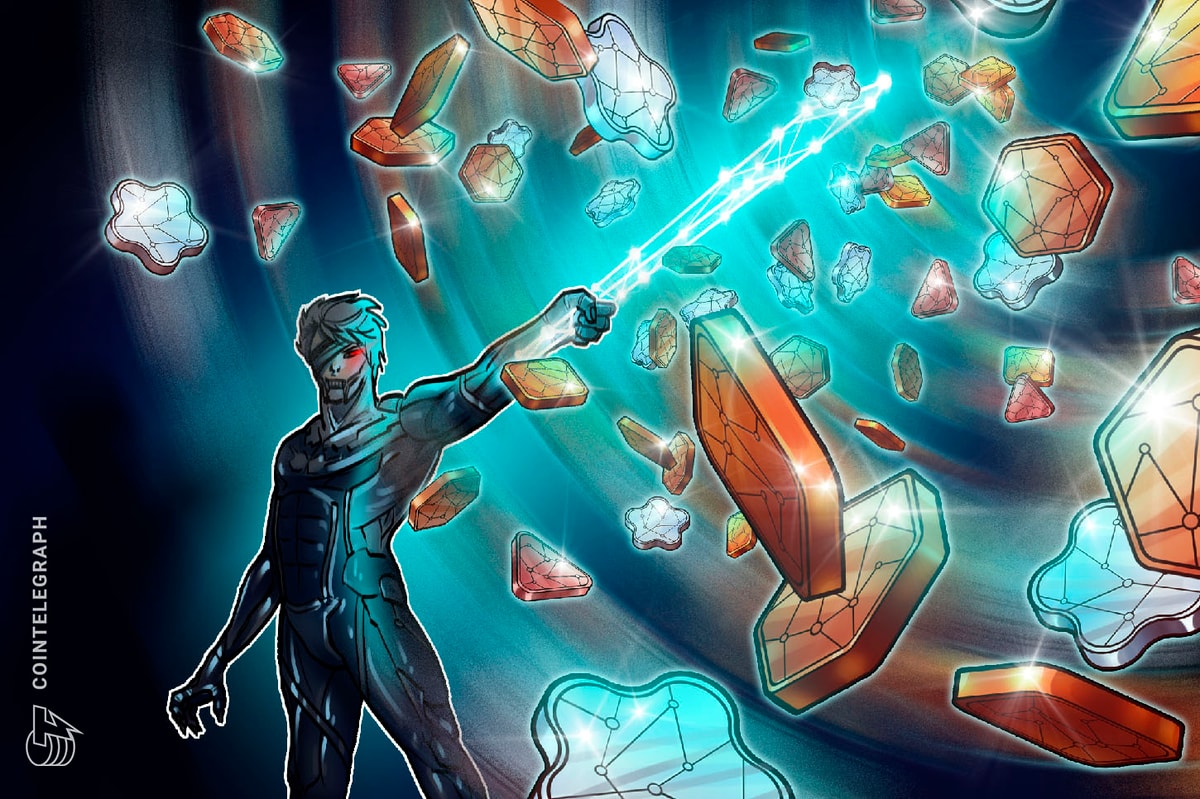Mesmerise is a virtual reality (VR) consultancy firm that provides enterprise-grade immersive simulation technology to many clients, including Lenovo, MKT, and Time Magazine.
The company’s technology allows enterprises to use VR solutions for large-scale meetings, events, and conferences with the power to host 1000s of people via its Gatherings remote meeting solution.
The Gatherings platform provides businesses with tools to create bespoke virtual meeting environments, assisting firms in starting Metaverse operations. Mesmerise helps in the creation process by providing logistics, enterprise onboarding, and hands-on support.
Michael Ogden, CEO of Creative Studios and Christopher Daniel of Design Services at Mesmerise, provided exclusive insights into the company’s operations and discussed the emerging role of VR consultancy firms.
XR Today: Why are organisations and companies consulting architects to build their Metaverse spaces?
Ogden & Daniel: The fundamentals of virtual spaces are similar to real-life venues, and so is the design process. Our team collaborates with experienced architects when conceptualising new environments.
We aim to create spaces that—like theatres or arenas—feel thrilling to inhabit, comfortable, navigable, and memorable.
In the same way, you wouldn’t feel a desire to return to a harshly lit office or cramped lecture hall. Virtual spaces need to weigh out architectural considerations we’d account for in real life, like human behaviour, space density, etc.
That also means paying attention to the details. We experience virtual settings up close, and visitors in a VR space will notice construction materials keenly. Users will still feel the details if they don’t specifically note the choices.
It’s essential to consider even the smallest of design decisions, from the temperature of your lighting, grains of wood, stone tiles finishes, and the view out the window.
We like to situate our spaces in environments that feel destination-worthy, from Manhattan to the Mediterranean coast, all without worrying about the limitations of real-life real estate.
This approach of grounding spaces in the fundamentals of the real world but taking advantage of VR’s ability to go beyond hard physical limitations is an ethos our team calls the “rare but real.”
Establishing a baseline familiarity and adherence to traditional design principles makes VR spaces accessible even to those who have never entered the Metaverse. From there, we can build on the intricacy and fantastical elements of the experience.
XR Today: Can you give us a brief overview of some architectural requirements from previous projects?
Ogden and Daniel: Common feedback we hear—and a standard we hold ourselves to—is ensuring we’re creating a space that feels high-end. We avoid cheap materials (like strip lighting and plastic finishes) or decor that may be overly theatrical (like medieval torches) in favour of premium, thoughtful design.
In terms of specific architectural requirements, when designing a theatre setting, for instance, where an audience focuses on a single stage or screen, we’ve had to make some tweaks to adapt to the technology.
VR avatars tend to be more distracting to the human eye than people are in real life, so audience members need generous, distinct sightlines from their seats to the stage. The focus of the audience’s attention also needs to be larger and more prominent than it would be in real life.
XR Today: Can you explain why the user experience is equivalent to a successful metaverse space launch?
Ogden & Daniel: The user experience is critical when introducing a new metaverse space. For many of our visitors, it will be their first time in VR, so it’s essential to us that they feel taken care of at every step.
We aim to deliver coherency, immersion, and an emotional connection for all our guests. We provide a space where people can have meaningful conversations with colleagues or friends.
When you enter a virtual space, you build a first impression, much like you would in real life, by observing and noting the aesthetics, the comfort level, and the overall spectacle.
If you enter a virtual space with other people, one of the first dynamics you’ll notice is comfortability; users need more personal space than they would in real life.
Preferences around personal space vary across cultures, but we’ve found that most people need about 50% more space in VR environments.
At present, a room that fits 150 people in real life will usually only feel comfortable for around 100 in the Metaverse. Comfort is paramount to space being successful, aesthetics aside. People won’t want to stay or return if it’s uncomfortable.
Sound design is a key interactive feature to make our spaces feel as inviting and immersive as possible. Spatial audio, for instance, clarifies the proximity of a fellow avatar within a virtual venue, while environmental sound, voiceovers, and feedback all add tangibility.
VR has the benefit of infinite adaptability. We customise these spaces with a wide range of interactive features, from presentation rooms where workers can share 3D PowerPoints to interactive whiteboards.
XR Today: How do you use storytelling in your immersive worlds to increase engagement between brands and clients?
Ogden & Daniel: Storytelling is a powerful and vital component of a successful VR experience. We think of each VR event as telling a story with a beginning, middle, and end, much like a real-life event or performance.
Considerations like music, setting, theme, and narrative make the experience feel as immersive, convincing, and emotive as possible.
It’s helpful to provide cues that take inspiration from screenwriting elements, with clear, emotional story beats and the classic three-act structure.
For example, the start of each event is the time for scene-setting and exposition: Welcome your guests in by providing initial information, inspiration, and entertainment.
The second act will peak with the talk or event, and the third act is just as important. As the main event ends, ensure your guests are led by the hand until the very last moment, offering opportunities for breakout conversations or providing guidance on how to depart the virtual space seamlessly.
Altogether, this approach ensures attendees can absorb the experience and sidestep confusion.
As they leave, we want them to feel—much like the experience of seeing a great show in real life—refreshed, inspired, entertained, and already excited about the prospect of returning.
Please visit their website for more information on Mesmerise and its Gathering VR enterprise solution.
Read More: www.xrtoday.com









 Bitcoin
Bitcoin  Ethereum
Ethereum  Tether
Tether  XRP
XRP  Solana
Solana  USDC
USDC  Cardano
Cardano  Dogecoin
Dogecoin  TRON
TRON  Lido Staked Ether
Lido Staked Ether  Pi Network
Pi Network  Wrapped Bitcoin
Wrapped Bitcoin  Lombard Staked BTC
Lombard Staked BTC  LEO Token
LEO Token  Chainlink
Chainlink  Hedera
Hedera  USDS
USDS  Wrapped stETH
Wrapped stETH  Stellar
Stellar  Avalanche
Avalanche  Shiba Inu
Shiba Inu  Bitcoin Cash
Bitcoin Cash  Sui
Sui  Litecoin
Litecoin  Toncoin
Toncoin  Polkadot
Polkadot  Ethena USDe
Ethena USDe  WETH
WETH  Binance Bridged USDT (BNB Smart Chain)
Binance Bridged USDT (BNB Smart Chain)  Bitget Token
Bitget Token  Hyperliquid
Hyperliquid  WhiteBIT Coin
WhiteBIT Coin  Wrapped eETH
Wrapped eETH  Monero
Monero  Uniswap
Uniswap  sUSDS
sUSDS  Dai
Dai  Aptos
Aptos  NEAR Protocol
NEAR Protocol  Pepe
Pepe  Ethereum Classic
Ethereum Classic  Ondo
Ondo  Internet Computer
Internet Computer  Aave
Aave  Coinbase Wrapped BTC
Coinbase Wrapped BTC  Mantle
Mantle  OKB
OKB  Gate
Gate  Cronos
Cronos